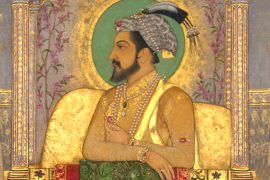On November 8, 2016, most Americans, and many across the world were glued to the U.S. news – Donald Trump had just won the presidential election. But in India, 1.3 billion people had their attention shifted to their wallets as 86 percent of the cash in circulation was demonetised overnight.
It is perhaps, the single most devastating economic move in recent times. To understand what was happening during this period, one had to keep their ears glued for Reserve Bank of India announcements. These were not always reliable. Both the government and Reserve Bank of India kept everyone on their toes by changing goalposts and policies on the fly.
The first promise was to tackle ‘black money’ – untaxed income that formed the bulk of India’s economy. It was believed that this took the form of cash and that a digital payment/ banking revolution would clean the system up for the taxman. The second promise was that terrorists and insurgencies would face a cash crunch. The third, simply, was that it was necessary to boost tax revenues.
Much has been written on the tremendous inconvenience that demonetisation cost the Indian public. The question that’s on everyone’s mind right now is simply this: Was it worth it?
Copyright©Madras Courier, All Rights Reserved. You may share using our article tools. Please don't cut articles from madrascourier.com and redistribute by email, post to the web, mobile phone or social media.Please send in your feed back and comments to [email protected]











